Saboot Urad Dal of Bundelkhand’s Famous: A Dark Jewel of Tradition, Nutrition, and Sustainability
Introduction
Amidst the stony fields and sun-drenched plains of Bundelkhand, where every drop of water is precious and every grain hard-earned, one humble pulse has stood the test of time—Saboot Urad Dal (whole black gram).
A legume rich in taste, nutrients, and tradition, Saboot Urad Dal from Bundelkhand is more than a food crop. It is a cultural heritage, a source of rural livelihoods, and a pillar of sustainable agriculture. Hand-graded and organically cultivated by smallholder farmers, it is a symbol of resilience, nourishment, and rooted living.![]()
![]()
![]()
![]()
![]()
![]()
![]()
![]()
![]()
![]()
![]()
![]()
![]()
![]()
![]()
![]()
Bundelkhand and Its Bond with Pulses
The Land That Cultivates Strength
Bundelkhand, straddling Uttar Pradesh and Madhya Pradesh, has long been seen as a dry and rugged region. But those who know the land also know its gift—drought-resistant pulses like Urad Dal, which grow where many other crops cannot.
Urad, in particular, thrives in these conditions. It requires minimal water, naturally enriches the soil with nitrogen, and matures quickly, making it a preferred crop among traditional farmers.
A Legacy of Self-Reliant Farming
The pulse economy in Bundelkhand is powered by indigenous knowledge systems and low-input agriculture. With cow dung compost, hand weeding, and natural pest repellents like neem, farmers have cultivated Urad for centuries without chemical interference.
Even today, villages in Tikamgarh, Mahoba, and Chhatarpur continue to follow these age-old organic practices, ensuring that the Urad Dal you eat is chemical-free, nutrient-rich, and environmentally friendly.
Saboot Urad Dal: A Cultural and Culinary Treasure
A Versatile Pulse in Indian Kitchens
Saboot Urad Dal is used across India, but in Bundelkhand, it’s central to everyday meals and festive foods. Its creamy texture and earthy flavor make it perfect for:
-
Urad Dal Tadka: A slow-cooked black gram curry with garlic and red chili tempering.
-
Badi and Papad: Sun-dried Urad batter shaped into dumplings or thin discs.
-
Dal Makhani (North-style): While more famous in Punjab, this dish is also made in Bundelkhand with local ghee and spices.
-
Pitha and Laddoo: During festivals, Urad flour is used in traditional sweet and savory preparations.
These dishes are not just for taste—they carry symbolic meaning in rituals, marriages, and seasonal changes.
A Ritual Ingredient in Rural Life
Saboot Urad Dal holds an auspicious place in Bundelkhandi culture:
-
Offered in temples during Amavasya (new moon) for ancestral peace.
-
Distributed during Shradh and Pitra Paksha as a symbol of honoring elders.
-
Cooked during Diwali and Makar Sankranti as part of sacred meals.
-
Used in wedding rituals, where it’s gifted in jute bags to signify fertility and wealth.
Thus, every household in Bundelkhand stores Urad Dal not just in jars, but in their hearts and customs.
The Hand-Graded Heritage: Women Behind the Grain
The Role of Rural Women in Dal Processing
Bundelkhand’s Saboot Urad Dal is unique not just because of how it’s grown, but how it’s prepared after harvest.
The dal is hand-graded by women—a practice involving careful sorting, cleaning, and separating of quality grains from dust, stones, and damaged seeds. This process is passed down through generations and requires exceptional patience and precision.
Why Hand-Grading Matters
-
Preserves grain integrity: Unlike machines, hand grading doesn’t break or polish the dal unnaturally.
-
Adds employment value: Rural women earn livelihoods with dignity.
-
Ensures premium quality: Only mature, full-sized grains are packed for market.
This artisanal attention ensures that each spoonful carries craftsmanship, not just calories.
Saboot Urad Dal as an Organic Marvel
Naturally Suitable for Organic Farming
Saboot Urad Dal is a climate-smart pulse, which means:
-
It requires minimal irrigation—ideal for water-scarce Bundelkhand.
-
It restores soil fertility—thanks to its nitrogen-fixing properties.
-
It can be grown with natural manures—no need for synthetic fertilizers.
-
It intercrops well with other dryland crops like millets, sesame, or groundnut.
In organic farms of Jhansi, Lalitpur, and Banda, Urad is grown using:
-
Jeevamrut and Panchagavya as growth stimulants.
-
Neem decoctions and buttermilk sprays for pest management.
-
Cow-based composting for sustainable fertility.
Such practices yield not only better crops but healthier ecosystems and safer food.
Nutritional Superpower in a Black Seed
Dense in Protein, Rich in Minerals
Saboot Urad Dal is a nutritional powerhouse—dense in proteins, fiber, and vital minerals.
Per 100g (raw):
-
Protein: 24–26g
-
Calcium: ~150mg
-
Iron: ~4mg
-
Magnesium & Potassium: Boosts bone and heart health
-
Dietary Fiber: Aids digestion and satiety
It’s especially beneficial for:
-
Growing children: Promotes muscle and brain development.
-
Pregnant women: Improves hemoglobin levels.
-
Elders: Keeps bones strong and digestive system active.
-
Vegetarians: A primary plant-based protein source.
Recommended in Ayurveda and Siddha Medicine
In traditional medicine systems, Saboot Urad is believed to:
-
Enhance strength and vitality
-
Improve joint flexibility
-
Act as a natural aphrodisiac
-
Aid in nerve regeneration and stamina
Bundelkhandi households prepare Urad Laddoos with ghee and jaggery as post-partum recovery food for new mothers—a recipe backed by centuries of wisdom.
Empowering Villages Through Dal
Women-Led Microenterprises
Thanks to increasing demand for hand-graded, organic pulses, Bundelkhand’s women-led cooperatives are rising. Many now package and market Urad Dal under their own brands, leading to:
-
Better market prices
-
Job creation in sorting, packaging, transport
-
Greater financial agency for rural women
These initiatives are breaking the cycle of dependency and proving that a small grain can power a big change.
Supporting Local, Eating Ethical
When you buy Bundelkhand’s Saboot Urad Dal, you’re not just buying a pulse—you’re:
-
Supporting organic farming
-
Encouraging rural entrepreneurship
-
Reducing carbon footprints with low-input farming
-
Reviving forgotten food traditions
Conclusion: The Dal That Binds Us
Saboot Urad Dal is not just a grain—it’s a legacy carried in fields, kitchens, and festivals. In Bundelkhand, every handful tells a story of:
-
Generations of farmers who resisted chemicals
-
Mothers who sorted grain with their bare hands
-
Cooks who infused tradition into every meal
-
Healers who recognized its potency
In a world of fast food and forgotten roots, choosing hand-graded, organically grown Saboot Urad from Bundelkhand is a return to wholeness—for the body, the earth, and the community.

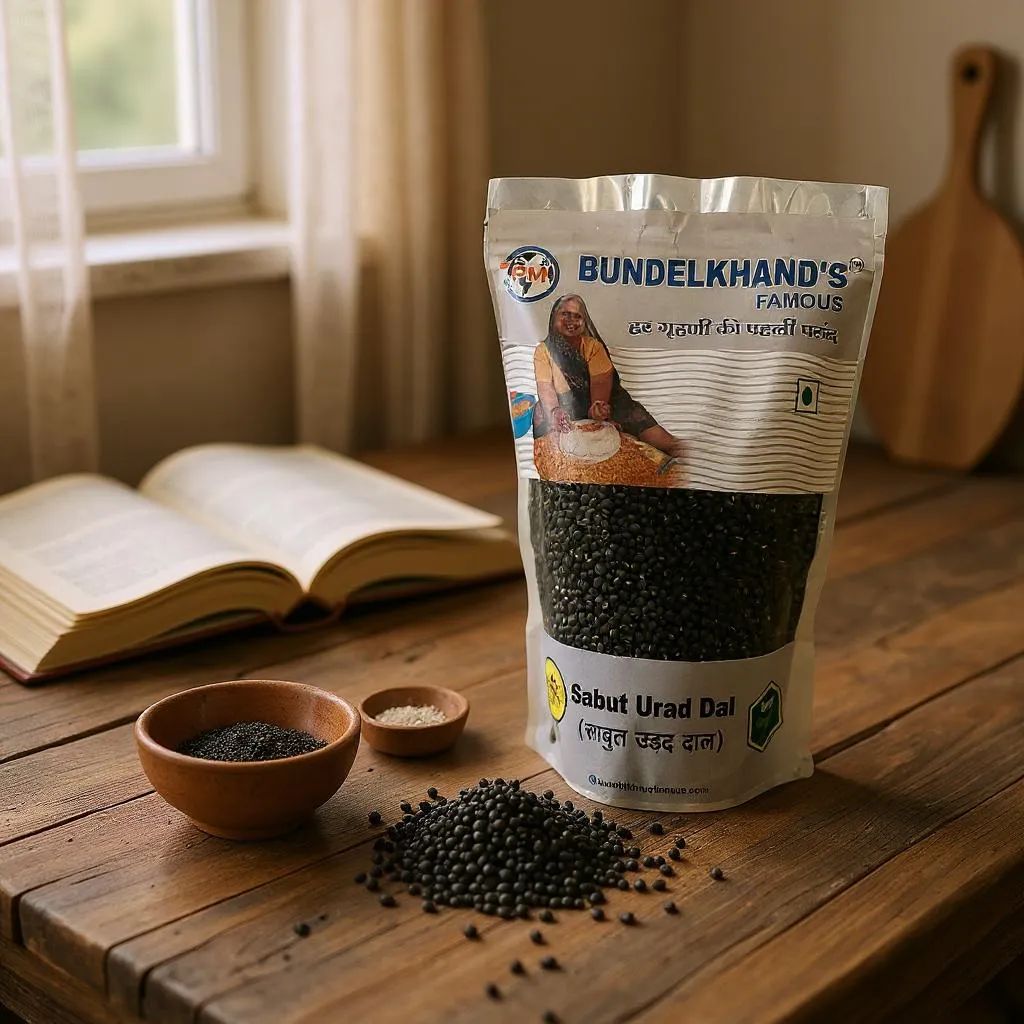
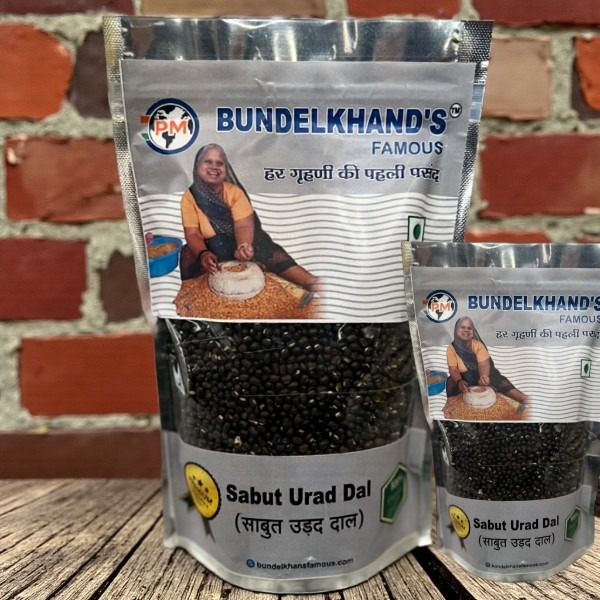

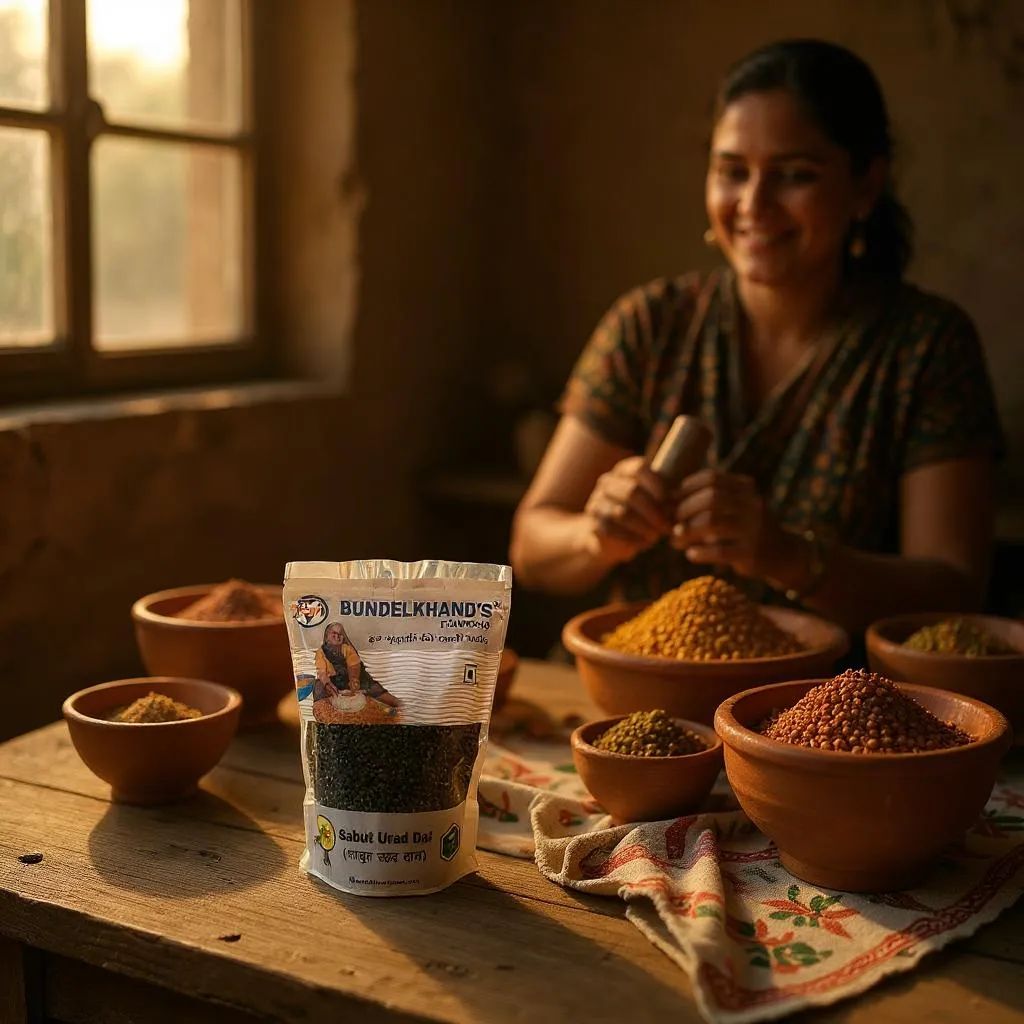
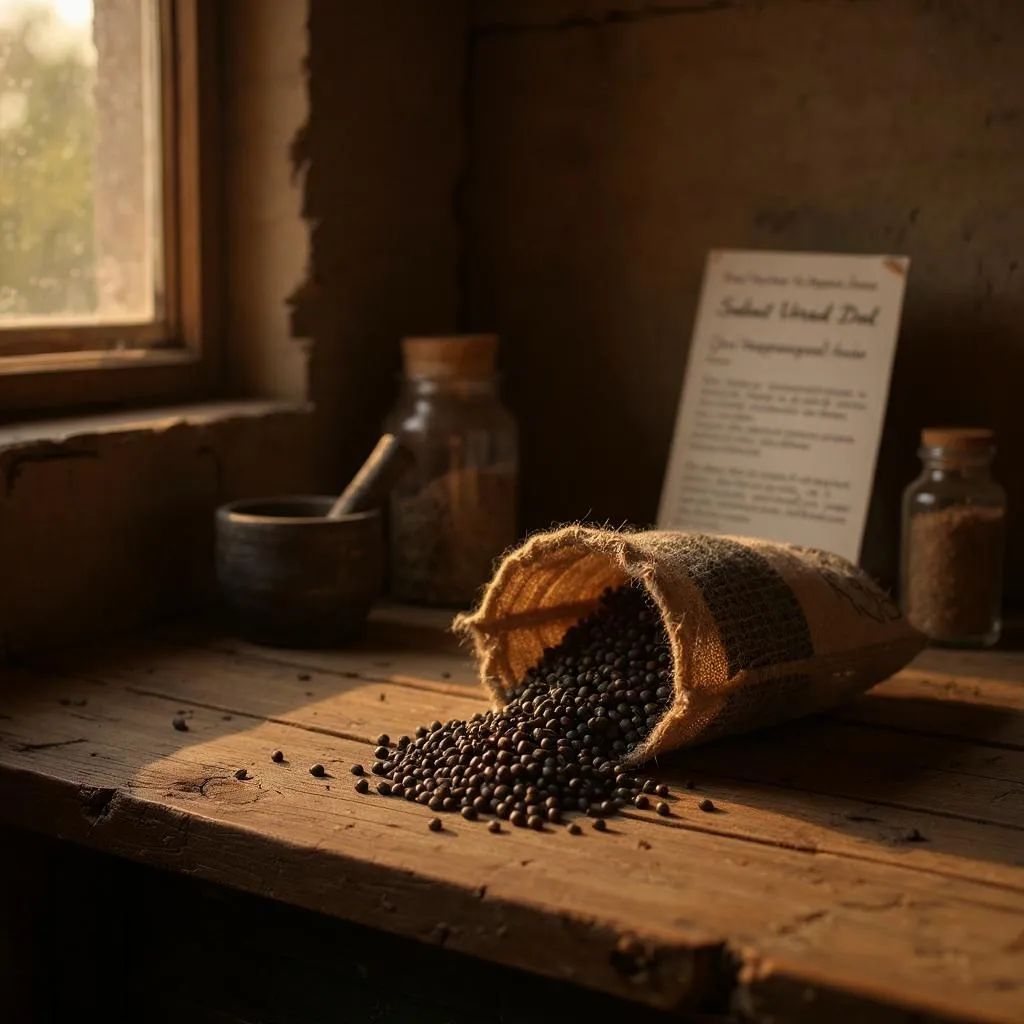

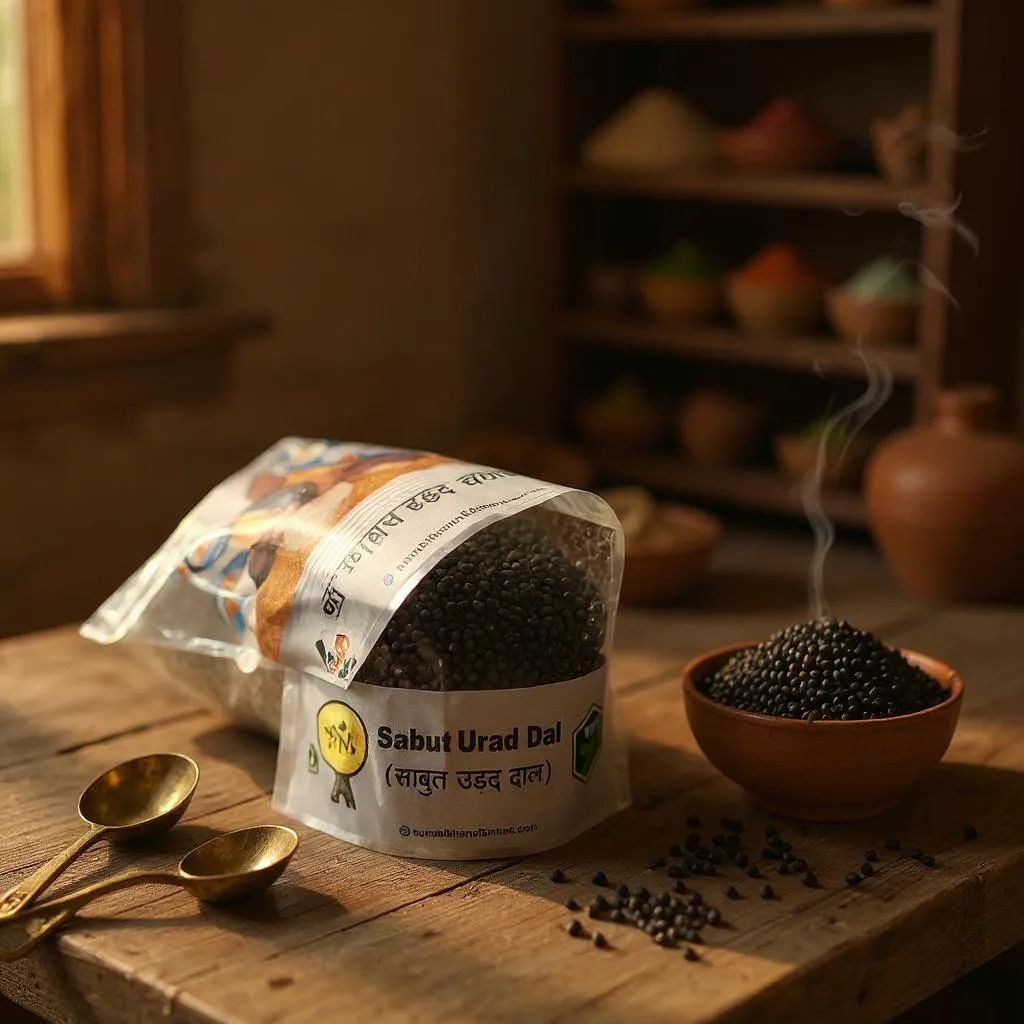
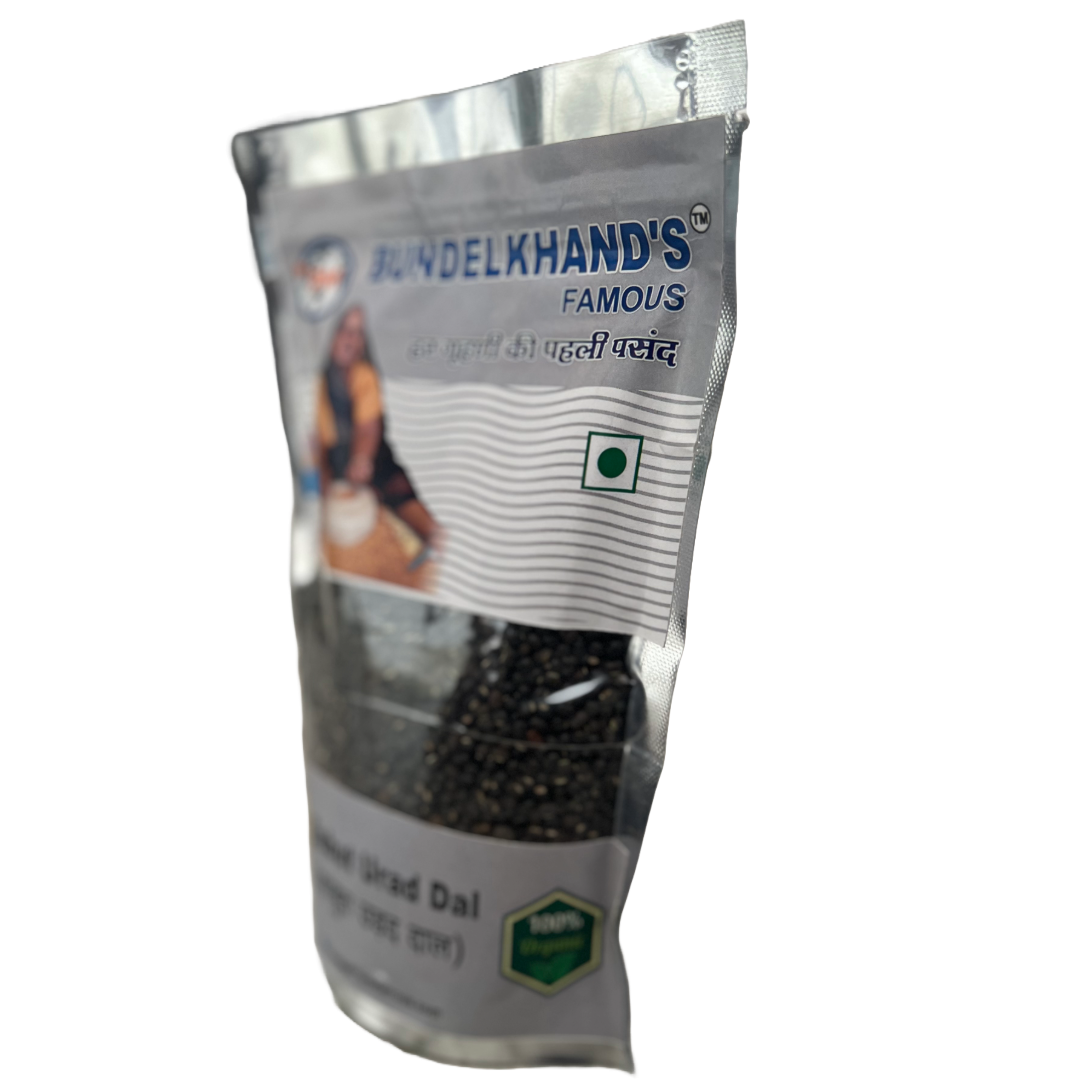

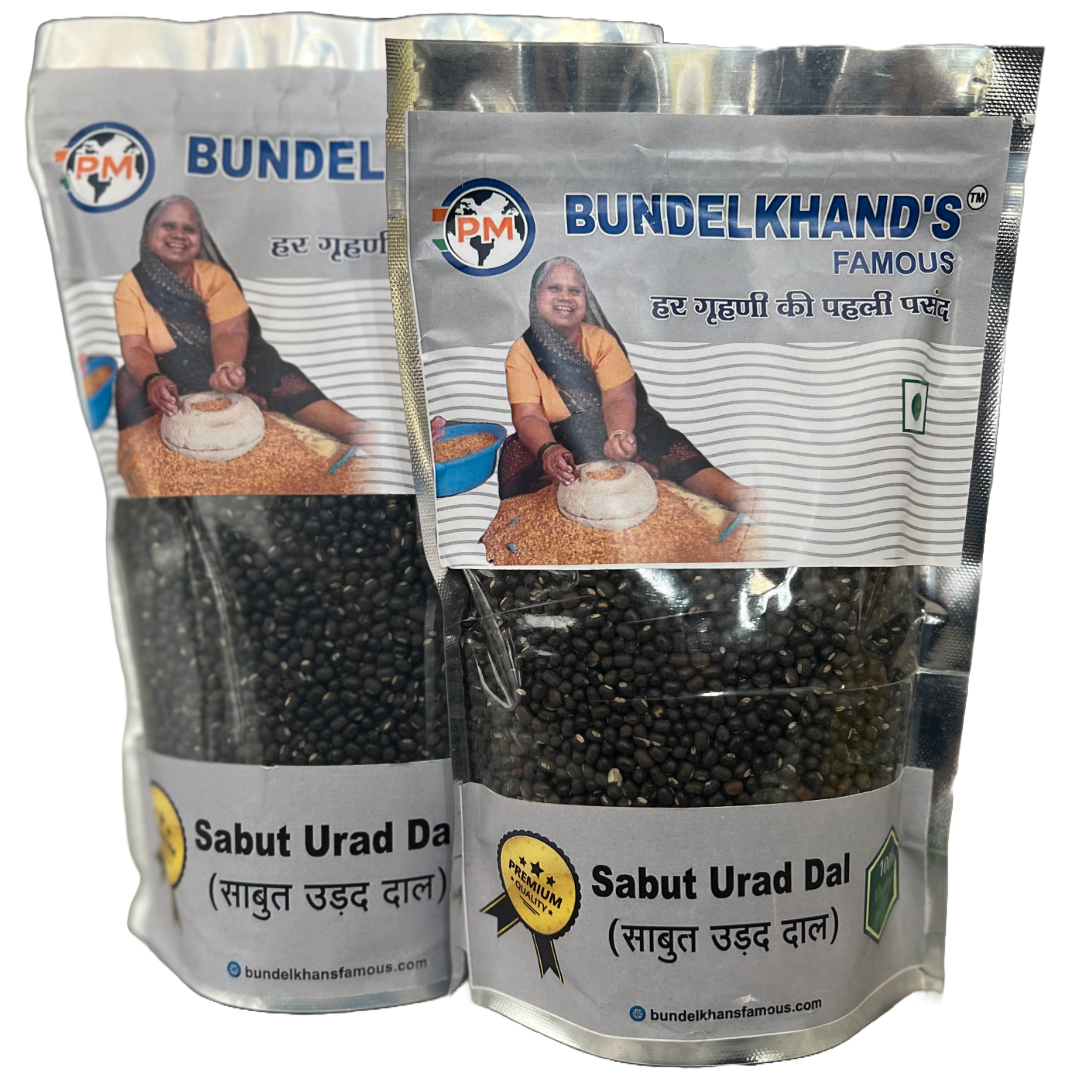


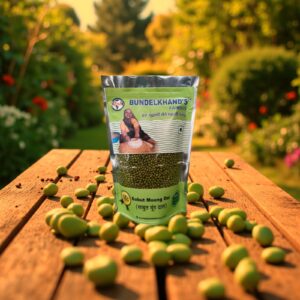
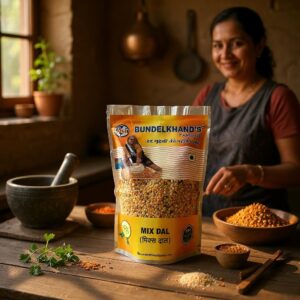
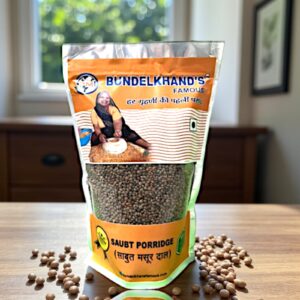
Aditya –
Very nice test and fast delivery 🚚
AI Tools –
Keno strategies often blend luck and logic-tyy.AI Tools takes a similar approach by curating top AI solutions, like their AI Response Generator, to simplify smart decision-making.
jljlph –
Understanding lottery odds through statistical analysis reveals just how rare a win can be. Platforms like JLJL PH offer more predictable entertainment with diverse gaming options.
jiliboss –
It’s fascinating how platforms like JiliBoss are leaning into data – players do appreciate transparency! Understanding volatility, even in something fun like fishing games, can really shift your approach. Check out jiliboss slot for a different experience! 🤔
ph958 –
That’s a great point about balancing challenge & accessibility in shooters! Seeing platforms like ph958 club focus on a smooth user experience-even with account verification-shows they get it. Rewards programs are a nice touch too! 🤔
phdream11 –
Interesting analysis! Data-driven platforms like phdream11 are changing the online casino landscape in the Philippines. Secure KYC processes are key, and checking out the phdream11 app download apk might be a good starting point for those interested in exploring these new options.
phfun –
Understanding baccarat patterns is key, but a solid platform matters too! Seeing legit, secure options like phfun online casino gives players peace of mind – fast registration & withdrawals are a huge plus for serious players. Good stuff!
789wim –
It’s great seeing platforms like 789wim club thoughtfully cater to cultural preferences – a secure, localized experience is so important! Responsible gaming starts with understanding the player, and building community feels key. Really interesting approach!